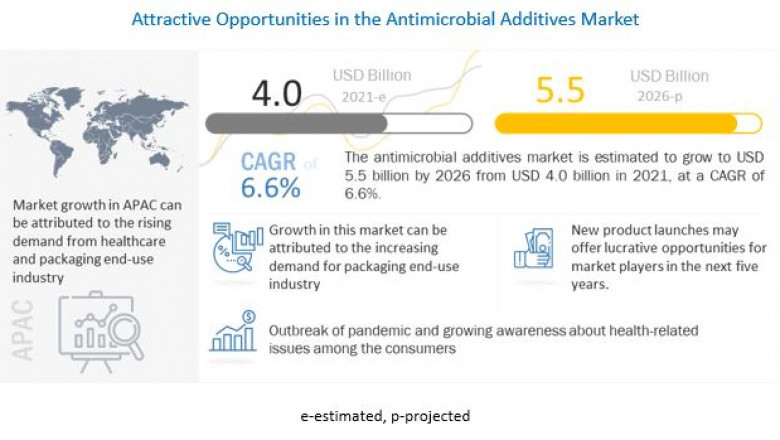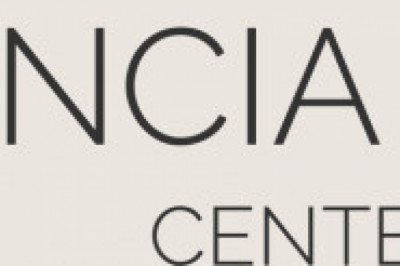views

According to the new market research report "Antimicrobial Additives Market With Covid-19 Impact Analysis, by Type [Inorganic (Silver, Copper, Zinc), Organic (OBPA, DCOIT, Triclosan)], Application (Plastic, Paints & Coatings, Pulp & Paper), End-use Industry, and Region - Global Forecasts to 2026", published by MarketsandMarkets™, the Antimicrobial Additives Market is projected to reach USD 5.5 billion by 2026, at a CAGR of 6.6% from USD 4.0 billion in 2021. This growth is primarily triggered by the increasing demand from the healthcare industry. APAC is the largest antimicrobial additives market due to the stringent industrial standardizations pertaining to the high growth of the end-use industries in emerging countries such as China, India, Japan, and South Korea. The region is estimated to be the most populated in the world, which creates immense opportunity for the antimicrobial additives in packaging and food & beverage end-use industries.
Inorganic antimicrobial additives do not decompose or transform even at resin molding temperature (maximum 350˚C). They also do not leach, thanks to organic solvents, and have a long-lasting antimicrobial effect. They possess high heat stability and low volatility and also reduce the risk of microbe adaption and provide long-lasting effectiveness. Inorganic antimicrobial additive dominated the global antimicrobial additive market in 2020 and is expected to continue the dominance for the forecast year. There is a higher demand for inorganic antimicrobial additives, mainly due to their non-volatile nature and high thermal stability. They are widely used in healthcare, food & beverage, and construction industries.












